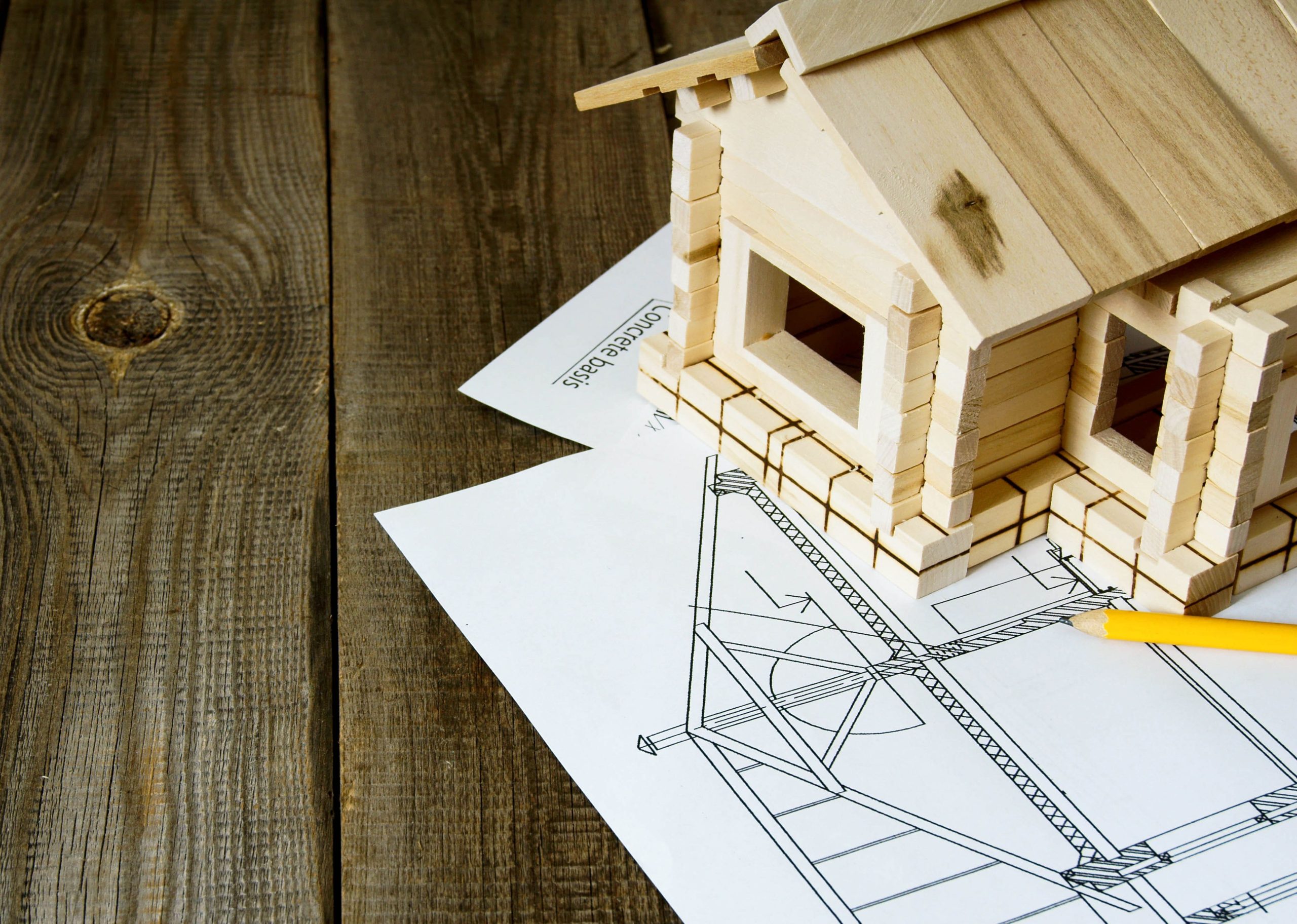
Or diagnostic studies – DIA – in the case of work on an existant building. The architect presents the results of his first feasibility study of the desired building and produces a first sketch based on the various parameters linked to the land, the construction options envisaged by the client and his financial constraints. This initial sketch allows a first visualization of the project inserted into the site. In case of rehabilitation or renovation of an existant building, the architect also provides his technical and architectural diagnostic study to carry out the desired modification and the required work.
The architect also specifies a first estimate of the cost of the different options which meet the expectations of the client; he can possibly propose several options which emphasize this or that condition mentioned by the client: minimization of costs of construction, minimization of use and maintenance costs, maximization of the longevity of the construction, optimal insertion into the natural or urban environment, architectural quality, etc.
At this stage, nothing binds the project owner further.
In the Ivorian context, this step occurs at the beginning of the project. The architect prepares all the administrative and legal documents, including the title deed, the certified topographical extract of the land, the client's statutes, and the identification documents of the project initiators to establish the urban planning certificate (CU). This crucial document outlines all the urban planning standards to be adhered to (setbacks from property boundaries and access roads, maximum allowable height, etc.) and can significantly redirect the proposed project. This step allows the architect to verify whether the project commissioned by the client complies with the CU. If the CU permits it, the architect can confidently develop the project and progress to the APD phase. At this stage, the architect must gather the following documents to complete the file.
Once all the necessary documents for the complete building permit application (PC) file are gathered, the architect submits the file to the competent authority.
They follow the file's review, provide any additional required documents, and assist in integrating necessary third-party expertise in agreement with the client until the building permit is obtained.
If the CU does not comply with the proposed project, an appeal is possible. A request for a derogation is submitted to the competent authority. If the request is accepted, a new CU application is made with the obtained derogation, and the rest of the procedure for obtaining the PC follows its normal course.
The architect then prepares detailed plans for all levels of the building(s), elevations, facades, and potentially additional perspectives that ensure a comprehensive understanding of the entire project down to the smallest details. Depending on the specific needs of each project, technical study firms selected by the client on the architect's recommendation concurrently develop their action plan in close collaboration with the architect to ensure a successful integration of their expertise into the overall project
The architect completes the detailed plans for the entire building.

Execution Plans:
The purpose of execution studies is to ensure the technical realization of the project: execution plans at the appropriate scales, calculation notes, and usage specifications for the construction site enable the execution of the works by the various contractors for the construction of the entire building.
Beyond the architectural plans, the project owner may, if necessary, assign the architect, assisted by specialists in the required fields, to produce the detailed execution plans and quantity take-offs for certain lots, as part of an additional task within the execution studies. However, the architect's plans do not replace the workshop, assembly, and implementation technical plans during the construction phase, which are always to be provided by the contractors.